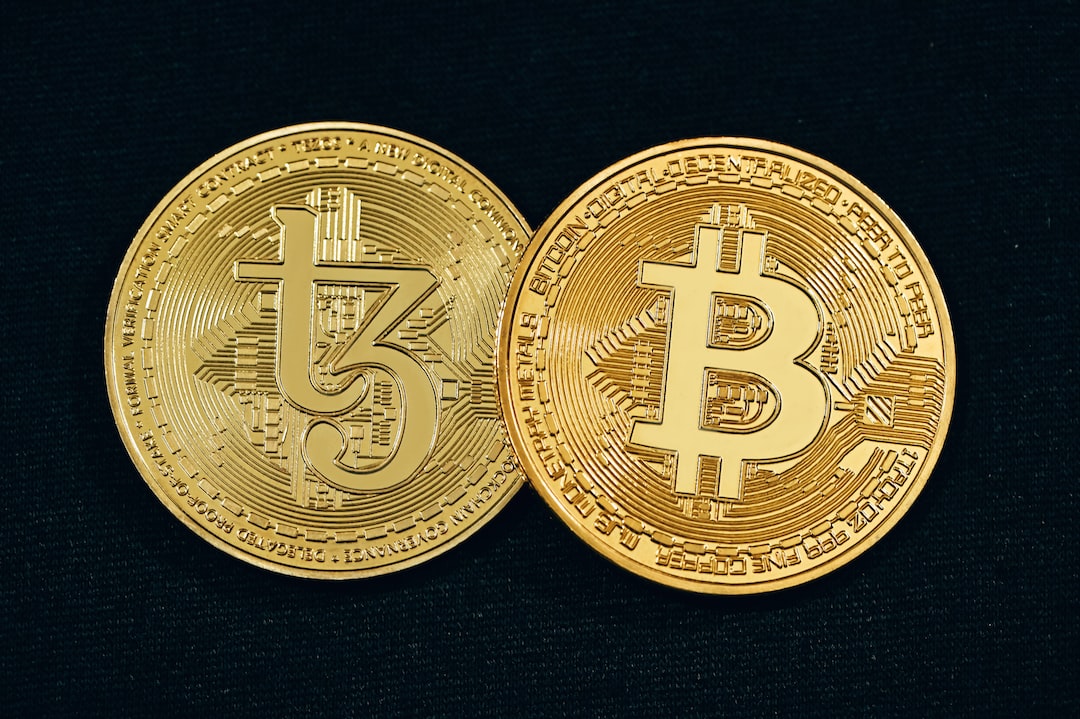NVD Raises Concerns Over Bitcoin’s Inscriptions
The United States National Vulnerability Database (NVD) has recently flagged Bitcoin’s inscriptions as a cybersecurity risk. This draws attention to a security flaw that allowed the development of the Ordinals Protocol in 2022.
Database Reveals Exploits by Inscriptions
According to records in the NVD document, the data carrier limit in certain versions of Bitcoin Core and Bitcoin Knots can be bypassed by masking data as code. This vulnerability was exploited by Inscriptions in 2022 and 2023. Being added to the NVD means that the cybersecurity risk has been recognized and cataloged for public awareness. The NVD is managed by the National Institute of Standards and Technology (NIST) under the U.S. Department of Commerce.
Potential Impact and Network Analysis
The current network vulnerability is under analysis, and one potential impact is the potential for non-transactional data spamming the blockchain. This could result in increased network size, which would negatively affect performance and fees on the network.
Insights from Bitcoin Core Developer
In a post shared on X (formerly Twitter), Bitcoin core developer Luke Dashjr provided information on the NVD website. Dashjr stated that Inscriptions exploit a vulnerability in Bitcoin Core, allowing them to spam the blockchain. He also mentioned that the bug was fixed in Bitcoin Knots v25.1, but Bitcoin Core remains vulnerable in the upcoming v26 release.
Relation to Ordinals and Bitcoin Network
An inscription involves embedding additional data in a Satoshi, the smallest unit of Bitcoin. This embedding of data became more popular with the introduction of Ordinals in 2022, which allowed unique digital art to be directly embedded into Bitcoin transactions. However, Ordinals have posed challenges to the Bitcoin network, leading to increased competition for block space, higher fees, and slower transaction speeds. Patching the vulnerability could help restrict Ordinals and address network congestion caused by BRC-20 tokens.
Implications of Patching the Vulnerability
A user asked if Ordinals and BRC-20 tokens would cease to exist if the vulnerability was fixed. Dashjr confirmed that they would stop, but existing inscriptions would remain due to the immutability of the network.
Hot Take: Securing Bitcoin’s Inscriptions Crucial for Network Efficiency and Stability
The NVD’s concern over Bitcoin’s inscription vulnerability highlights the importance of safeguarding the blockchain from potential risks. By addressing this security flaw, Bitcoin can enhance network efficiency, prevent spam, reduce congestion, and lower transaction fees. It is crucial for developers and stakeholders to collaborate in finding effective solutions to strengthen Bitcoin’s cybersecurity measures. By doing so, the network can maintain its stability, attract more users, and support the growth of innovative applications like Ordinals and BRC-20 tokens in a secure and sustainable manner.





 By
By
 By
By
 By
By


 By
By